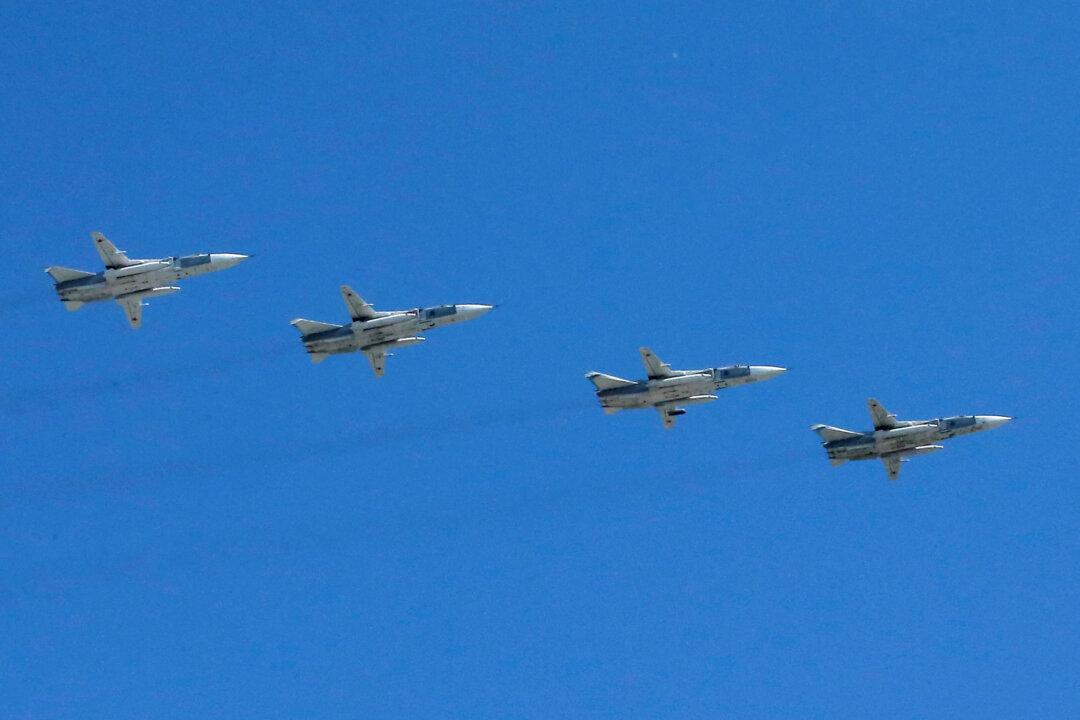Military officials overseeing U.S. and Canadian airspace detected and tracked two Russian military planes operating near Alaska this week, according to a statement.
The Russian planes “remained in international airspace and did not enter American or Canadian sovereign airspace” during the incident on Thursday, said the North American Aerospace Defense Command (NORAD).





